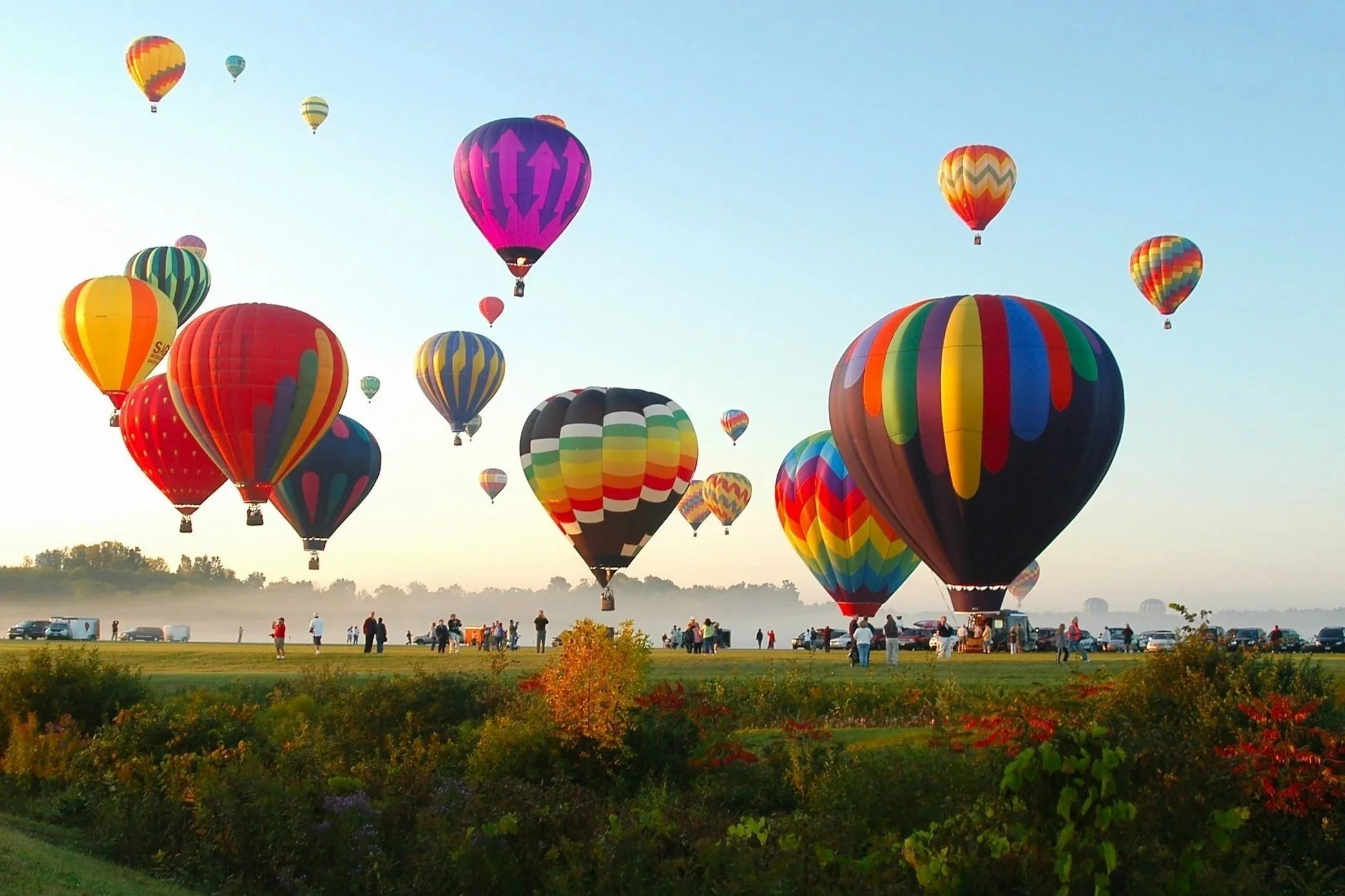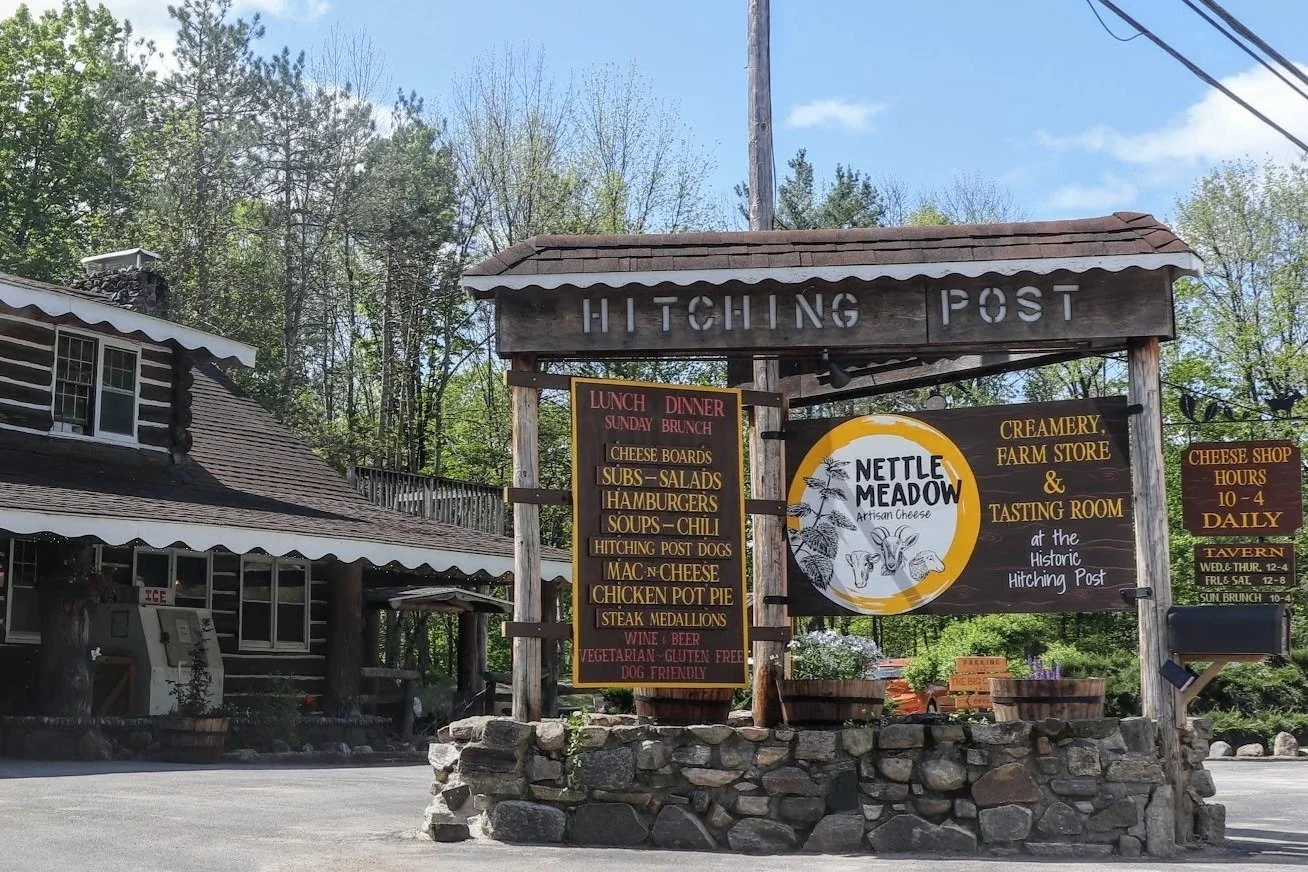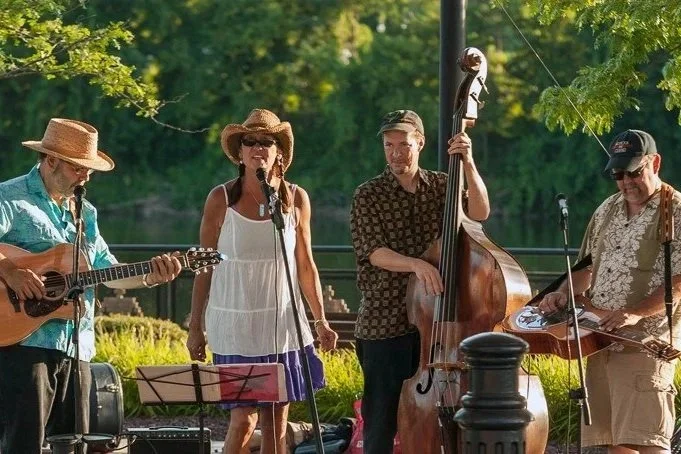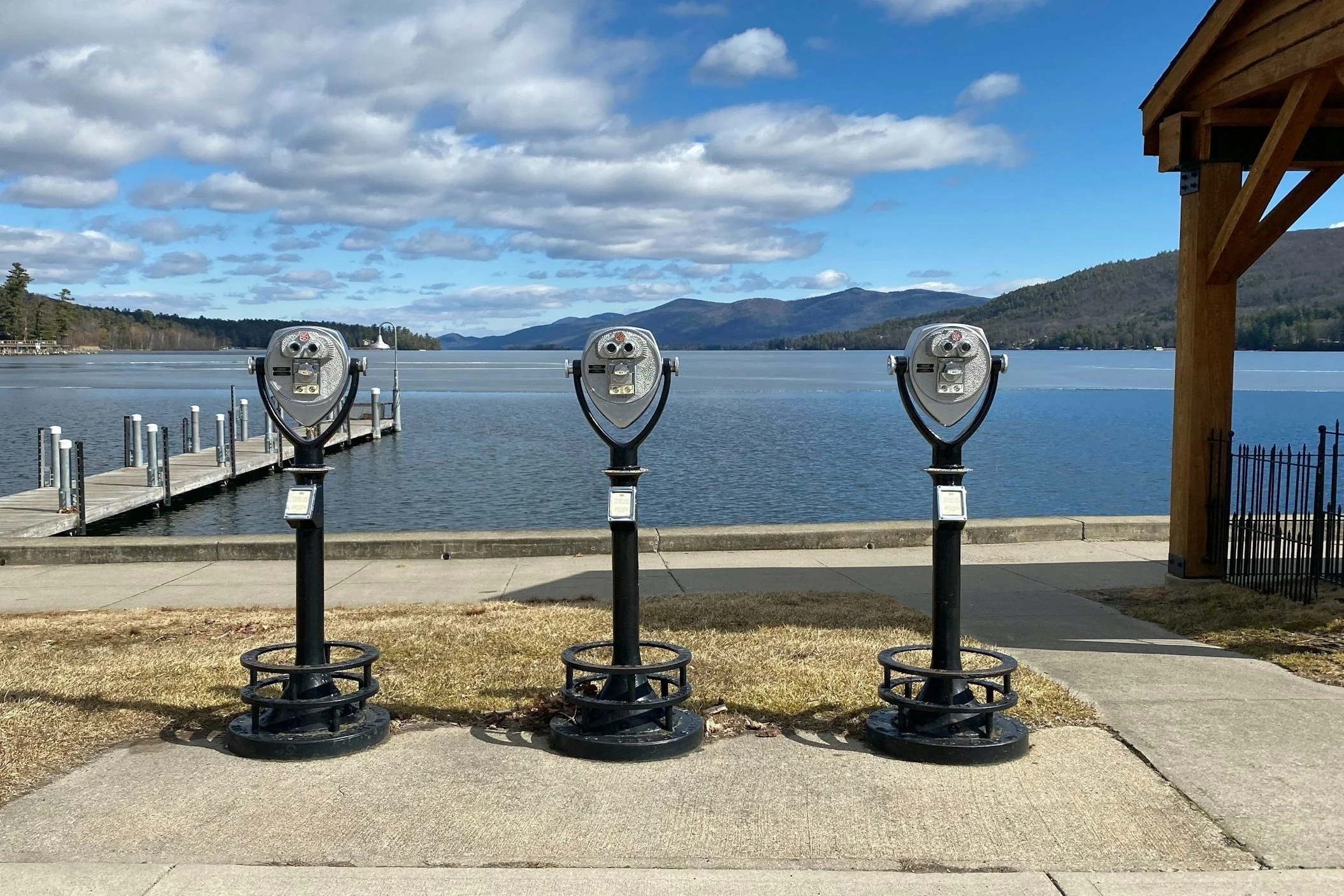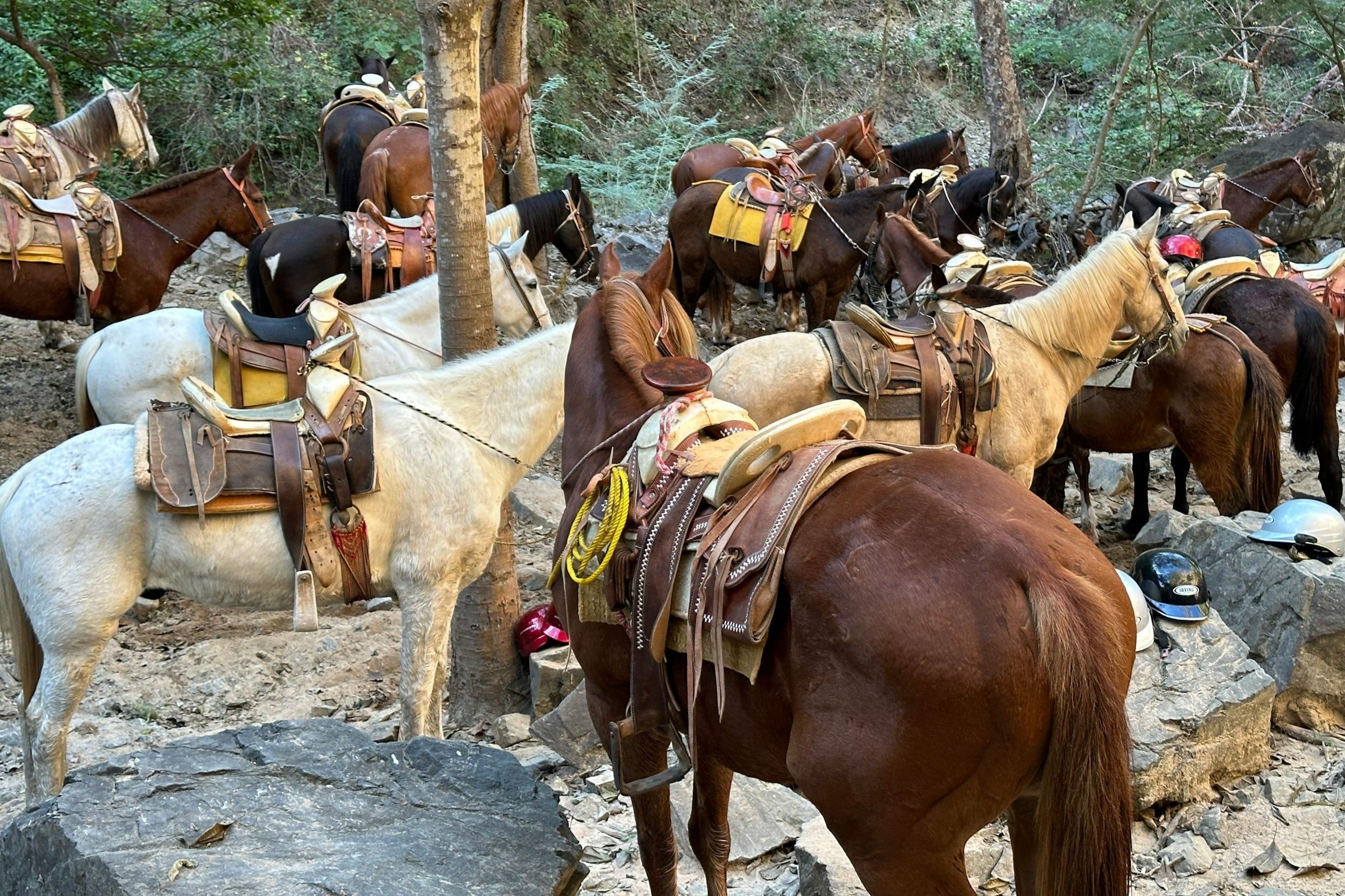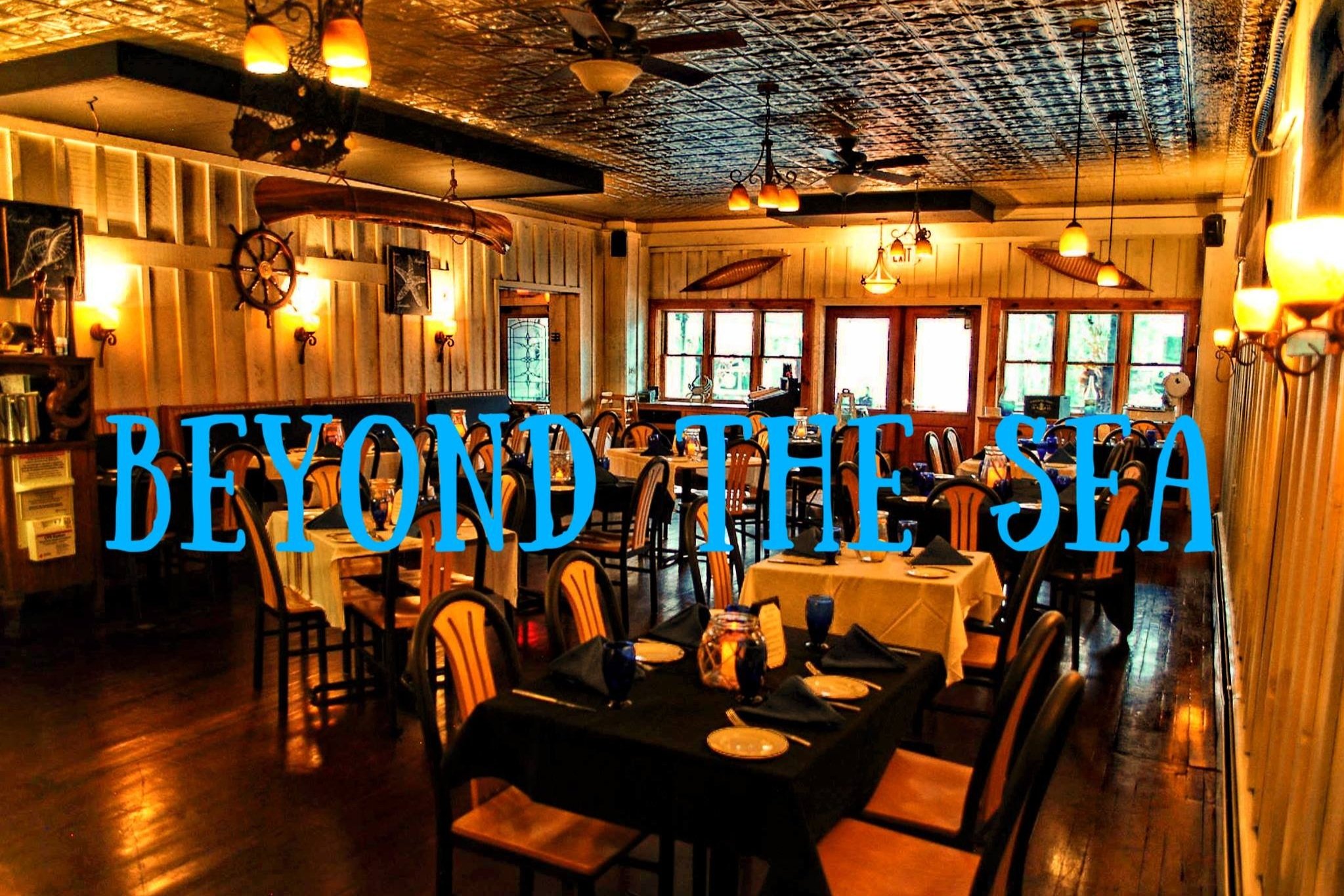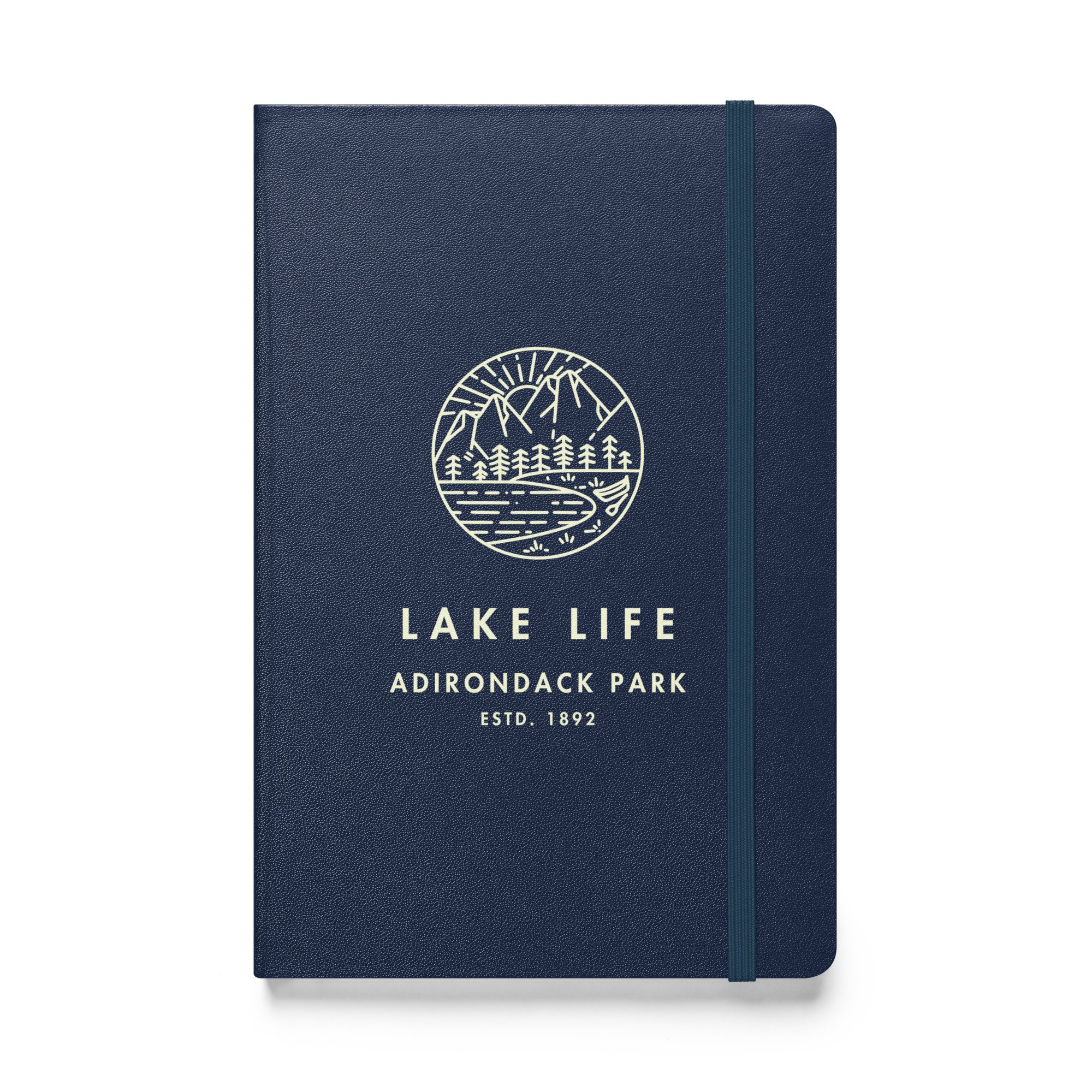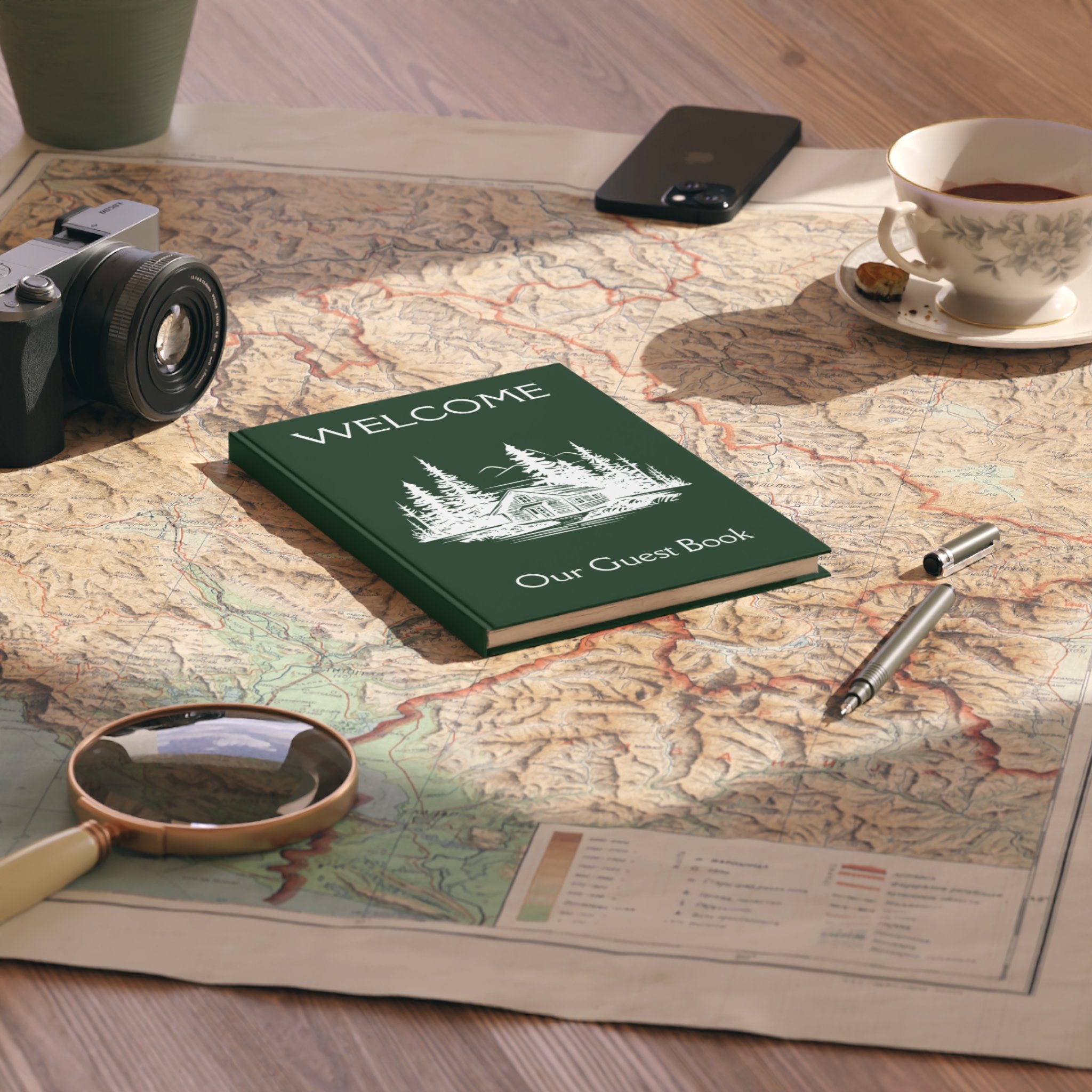Fort William Henry in Lake George
An Adirondack landmark in the French and Indian Wars and the backdrop for The Last of the Mohicans.

Photos courtesy of Fort William Henry.
Fort William Henry sits on the southern end of Lake George, which was a critical inland waterway between New York City and Montreal in the 17th and 18th centuries. Visitors to the Fort can experience plenty of history: the long boiling tensions between global superpowers, the early days of a new nation and its impact on indigenous peoples, and the backdrop for one of American literature’s great novels, “The Last of the Mohicans.”
Fort William Henry was constructed in 1755, following the Battle of Lake George during the French and Indian War, a part of the Seven Year’s War, the global conflict that was another episode in the long imperial struggle between Britain and France.
Simmering tensions between France and England in the New World.

The Last of the Mohicans.
In the 18th century, France’s expansion into the Ohio River valley brought repeated conflict with the British colonies’ claims. A series of battles led to the official British declaration of war in 1756.
In 1757, French General Louis-Joseph de Montcalm and his troops, accompanied by Native warriors, conducted a crushing siege on Fort William Henry, forcing the British to surrender. However, the terms of surrender were generous and allowed the British to return to nearby Fort Edward with their honor intact.
Miscommunication leads to monumental tragedy.
Allegedly, Montcalm attempted to communicate these terms to his Native American allies, but not all understood, given the many different nations and tribes involved in the conflict. It didn’t help that the Native allies were not receiving the payment promised by the French for participating in the attack.
As the British evacuated the Fort, the Native warriors attacked and plundered it, killing the sick and wounded left behind. The siege and ensuing massacre are famously depicted in James Fenimore Cooper’s Last of the Mohicans. Daniel Day-Lewis stars in the movie version. Hubba Hubba. Side note: James Fenimore Cooper’s inspiration for “Last of the Mohicans” had nothing to do with the Fort; his muse was actually a cave in Glens Falls.
Back to the siege, the French destroyed the Fort and withdrew following this military debacle. While other forts were built nearby in later years, the site of Fort William Henry lay abandoned for two centuries.
A faithful reconstruction leads to a living museum.
In the 1950s, a group of local Lake George business leaders bought the land the Fort sat on to protect it from development. It was excavated, and the Fort was reconstructed using the original plans on the same footprint.
Visitors can experience this living museum with guided tours, historical interpreters, musket and cannon fire demonstrations, and self-guided tours.
In the fall, the Fort hosts Haunted History Tours featuring guided tours of spooky spots at the Fort and some great ghost stories. Tickets sell out fast for these events. Fort William Henry is part of the overall spooky scene in Lake George.
Visit the Fort William Henry website for current hours and events.
Find great places to eat, shop, stay and things to do near Lake George.
Shop for unique Adirondack apparel and gifts.






















